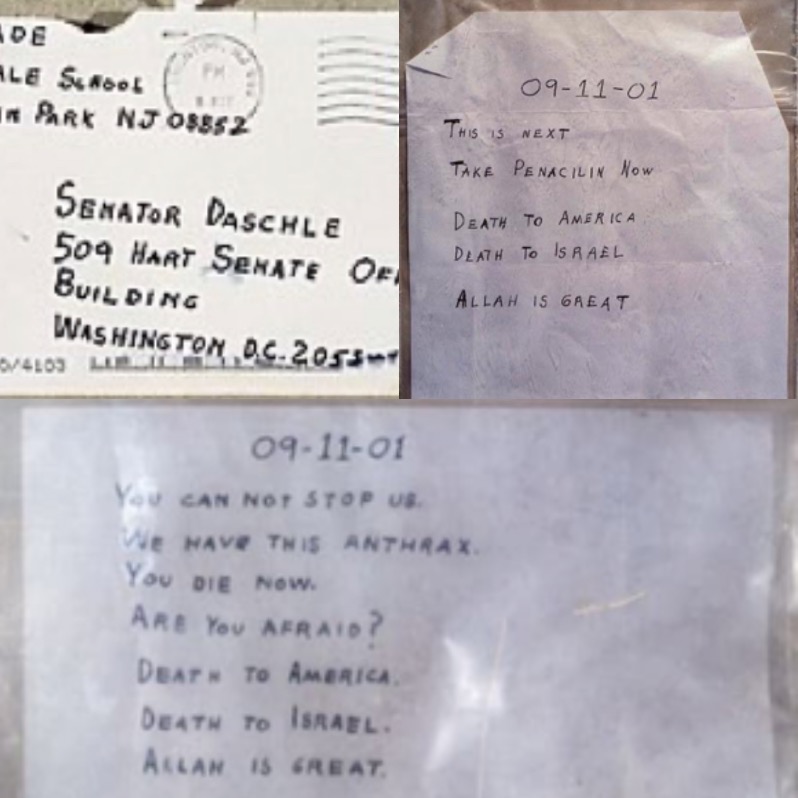
In the aftermath of the 9/11 attacks in 2001, the United States faced another sinister threat – anthrax-laden letters that claimed lives and instilled fear across the nation. A week after the World Trade Center towers fell, envelopes filled with deadly anthrax spores were sent to various news media offices and Democratic senators, triggering a massive investigation by the FBI known as “Amerithrax.
The anthrax attacks unfolded in two waves. The first set of letters, mailed on September 18, 2001, targeted prominent news outlets such as ABC News, CBS News, NBC News, the New York Post, and the National Enquirer. Only the letters sent to the New York Post and NBC News were recovered, but the anthrax exposure resulted in infections among individuals at ABC, CBS, and American Media, Inc.
The sinister contents of the letters, brown granular material resembling dog food, hinted at a malevolent intent. A second wave of anthrax letters on October 9, 2001, was directed at Senators Tom Daschle and Patrick Leahy, leading to further infections and fatalities.
The origin of the letters was traced to Princeton, New Jersey, and only one city street mailbox tested positive for anthrax spores. The aftermath saw numerous contaminated buildings, prompting extensive and costly decontamination efforts.

The FBI faced numerous challenges in its quest for justice. The letters were traced back to copies made by a common copy machine, and the elusive originals were never discovered. Handwriting and content discrepancies between the media and senatorial letters added to the puzzle. Authorities even speculated about hidden codes within the letters, raising concerns of a malevolent mastermind behind the attacks.
The investigation took on a global scale, with agents traveling across six continents, interviewing thousands, and executing searches for evidence. However, the destruction of the Lowa anthrax library hindered progress, and early speculations linked the attacks to al-Qaeda. Later revelations confirmed that the anthrax powders were not weaponized, steering investigations in a different direction.
In a shocking turn of events in 2008, federal prosecutors identified Bruce Ivins, an Army biodefense expert, as the sole culprit based on DNA evidence. Allegedly motivated by a desire to revive the failing anthrax vaccine program, Ivins took his own life upon learning of impending charges. Despite the compelling DNA evidence, conspiracy theories emerged, suggesting government involvement or prior knowledge of the attacks.
The 2001 Anthrax Attacks remain a haunting chapter in US history, highlighting the vulnerability to unconventional threats even in the wake of larger calamities. The scars left by this bio-terrorism event serve as a stark reminder of the lengths some may go to instill fear and chaos, leaving an indelible mark on the nation’s collective memory.